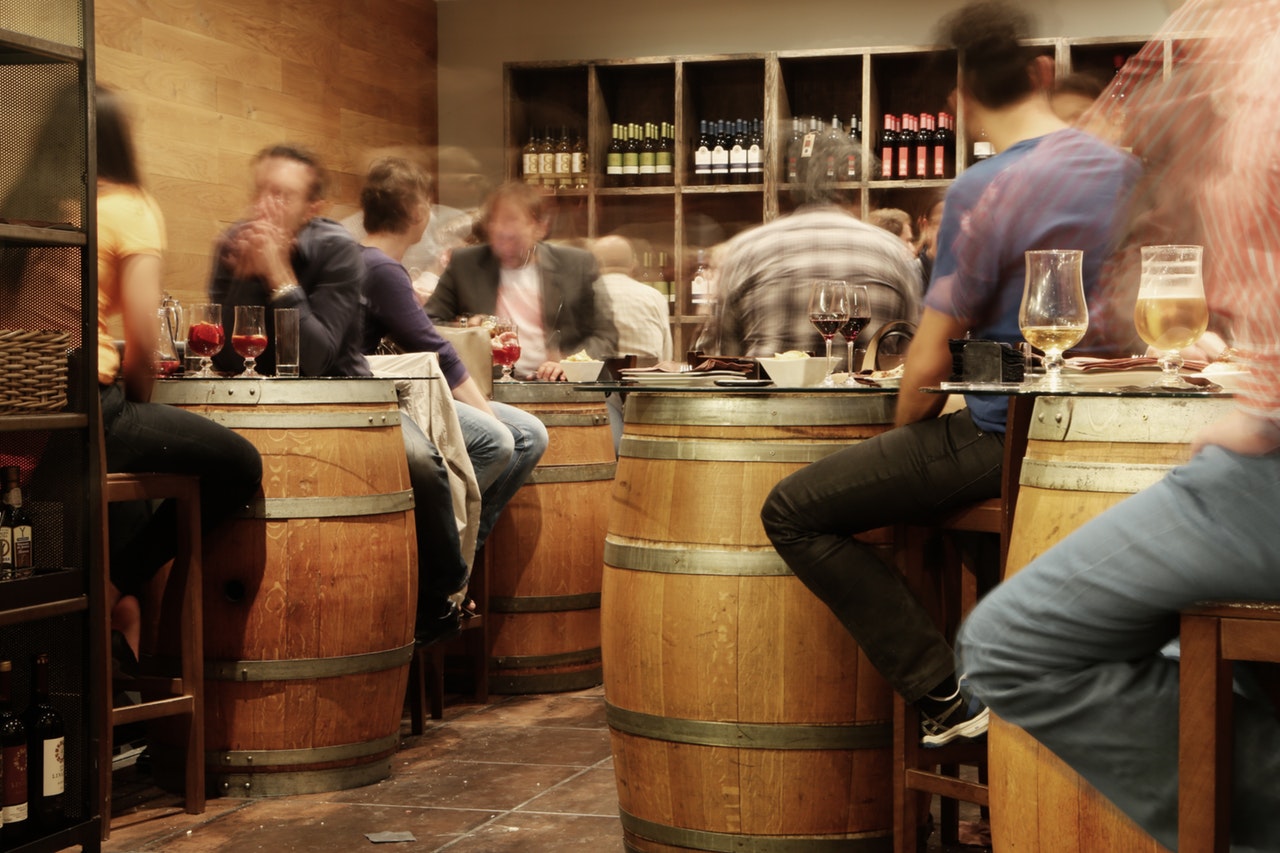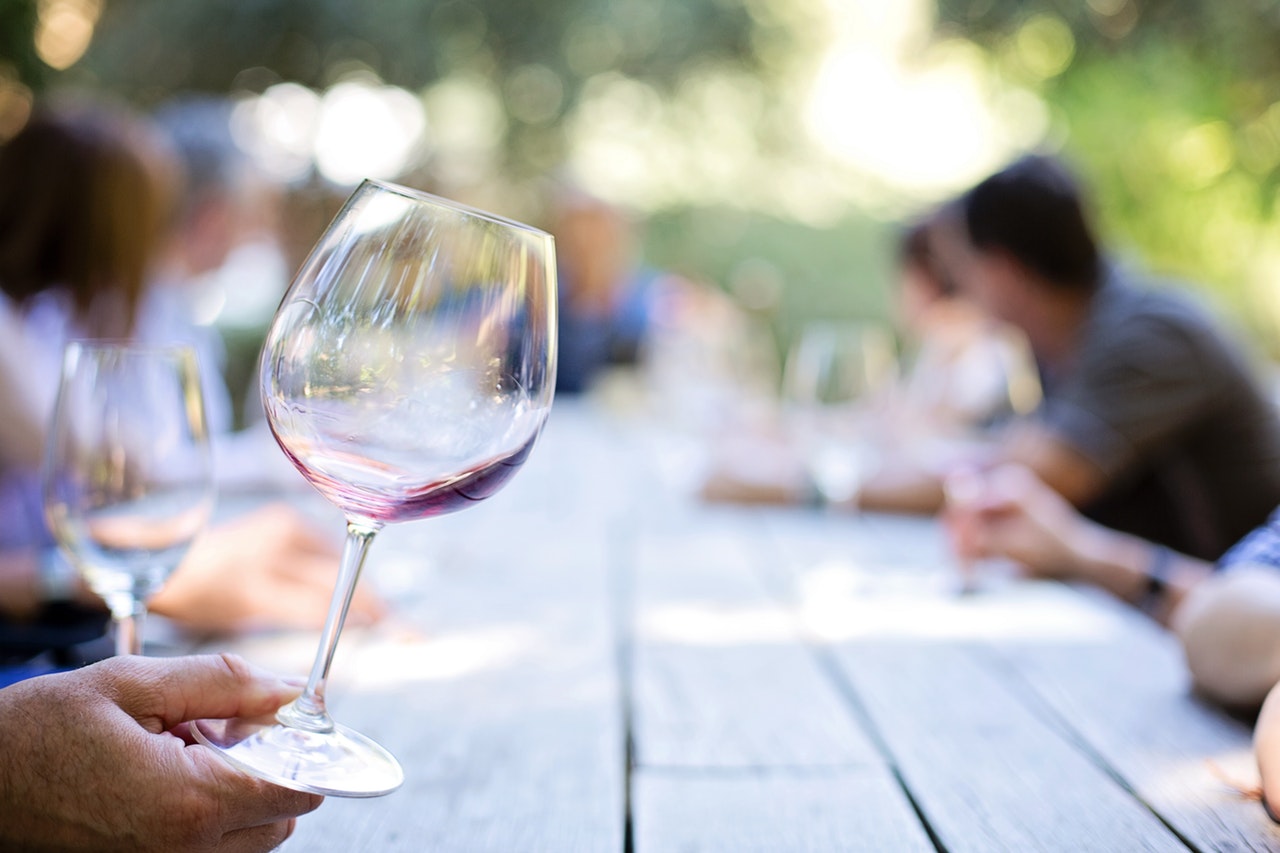What You Need to Know Before Booking a Wine Tasting Holiday to Italy
With a wine history stretching back over four millennia and a climate conducive to viticulture, Italy is one of the most prolific and diverse winemaking nations on the planet. Best known for its remarkable reds, such as Barbaresco, Barolo, and Chianti Classic, the country’s 20 wine regions cater to all tastes. Italy also produces an array of exceptional whites—like Pinot Grigio and Arneis—and, in Prosecco and Metodo Classico, equally dazzling sparkling wines too.
Italy’s rich winemaking history, approximately 6,000 wineries, and 350 varieties of wine make it an exceedingly popular wine holiday destination. If you’re a self-confessed oenophile looking to jet off on a wine tasting trip, you can’t go far wrong with Italy.
But planning a wine holiday to the Bel Paese isn’t as easy it might sound, especially with the abundance of wine regions and vineyards to choose from. Fortunately, we’ve produced a guide outlining the main things you need to know before jetting off for an Italian wine getaway.

Understand the different Italian wines
Before deciding on where exactly to visit, you should sample a broad selection of Italian wine so that you understand the varieties and are sure of your preferences. While you may have drunk your fair share of Italian wine over the years, the sheer variety means you might be unaware of certain types that suit your taste. By sampling a wide range of Italian wines before your trip, you can be sure to visit regions producing your favourites.
One way of expanding your palate is by visiting a reputable wine shop. Many stores offer complimentary tastings so that you can try before you buy, and staff will be able to advise you on wines similar to ones you already enjoy. You may also want to visit wine bars or tasting events specific to Italian wines to further broaden your horizons. As well as allowing you to try new wines, you’ll get the chance to network with fellow oenophiles and learn from them too.
When it comes to buying Italian wine, don’t limit yourself to local shops. Online merchants are a useful avenue for doing so, with esteemed firms like Justerini & Brooks offering a comprehensive selection of Italian wines to choose from. Wherever you buy your wine from, it is important that you opt for bottles with a Denominazione di Origine Controllata e Garantita (DOCG) classification, which is the highest quality assurance label on Italian wines. Once you have tried a broad assortment of Italian wines, and are sure of your favourite regions and varietals, your holiday itinerary planning can begin.
Aim to visit both old and new wineries
Planning a diverse tour can make your trip even more memorable. So, as well as experiencing renowned wineries, you could look into visiting up-and-coming vineyards too. Although they don’t have the history of their counterparts, they can still add plenty of experience to your wine tour.
Take Isole e Olena in Tuscany, for example. The family-run estate was established in the 1960s and has become known for its sensational Sangiovese wines in recent times, as well as producing other delectable wines, including Syrah and Cabernet Sauvignon. As a result, Isole e Olena is becoming increasingly popular with wine tourists and is just one example of the lesser-known vineyards you might want to visit. Make sure to thoroughly research into some of the slightly more off-the-beaten-track wineries to discover some hidden gems you might have otherwise missed.
That said, classic vineyards like Marchesi di Barolo, Antica Cascina dei Conti di Roero, and Marchesi de’ Frescobaldi represent your list of must-visits. Mixing and matching these with newer wineries is undoubtedly the best way to make the most of your trip.

Plan your trip carefully to maximise time
When planning your itinerary, it is advisable to include multiple stops each day in order to make the most of your time. Perhaps the best way to do this is to embark on some of the fabled Italian wine routes (or Le Strade dei vini e dei sapori) which allow travellers to experience as many wineries as possible during their trips. While some of these routes cost tourists, many packages have been criticised for being overpriced and not immersive enough, so it is worth exploring them yourself if possible.
The country boasts around 140 of these trails, ensuring Italy can satisfy oenophiles of all inclinations. For instance, if you prefer reds—and Barolo in particular—then you might want to follow the Barolo route (Strada del Barolo e Grande Vini di Langa), which takes you through Piedmont’s scenic countryside and the Barolo region itself. As well as the multitude of vineyards en route, the trail is dotted with castles and fortified villages to marvel at, as well as various trattorias, or restaurants, serving up some of the best cuisines Italy has to offer.
For those with a greater penchant for sparkling wine, the Strada del Prosecco will be more to your liking. Situated in a hilly expanse of Veneto in northeastern Italy, the route is a 20 mile stretch from Conegliano to Valdobbiadene. Weaving through wine villages and towns, the breathtaking countryside features medieval fortresses, frescoed churches, and castles, making this route another perfect way to combine wine tasting and sightseeing.
These are just two of the many wine routes you can take. Be sure to read the itineraries of other travellers to find trails that appeal the most to you and plan your trip around them.
Take your time at each stop
While you want to make as much of your time as possible, perhaps the most important piece of advice is to not rush your wine tasting holiday. As one tour operator recently noted: “Italy is meant to be savoured and experienced at a leisurely pace, and Italians aren’t accustomed to the hectic pace at which Americans tend to travel.”
Every wine tasting tour should be a memorable experience, so don’t try and cram too many into one day—give yourself the time to really immerse yourself in each winery. To this end, aim to visit no more than three or four wineries a day to ensure you take everything in and bask in Italy’s glory.

